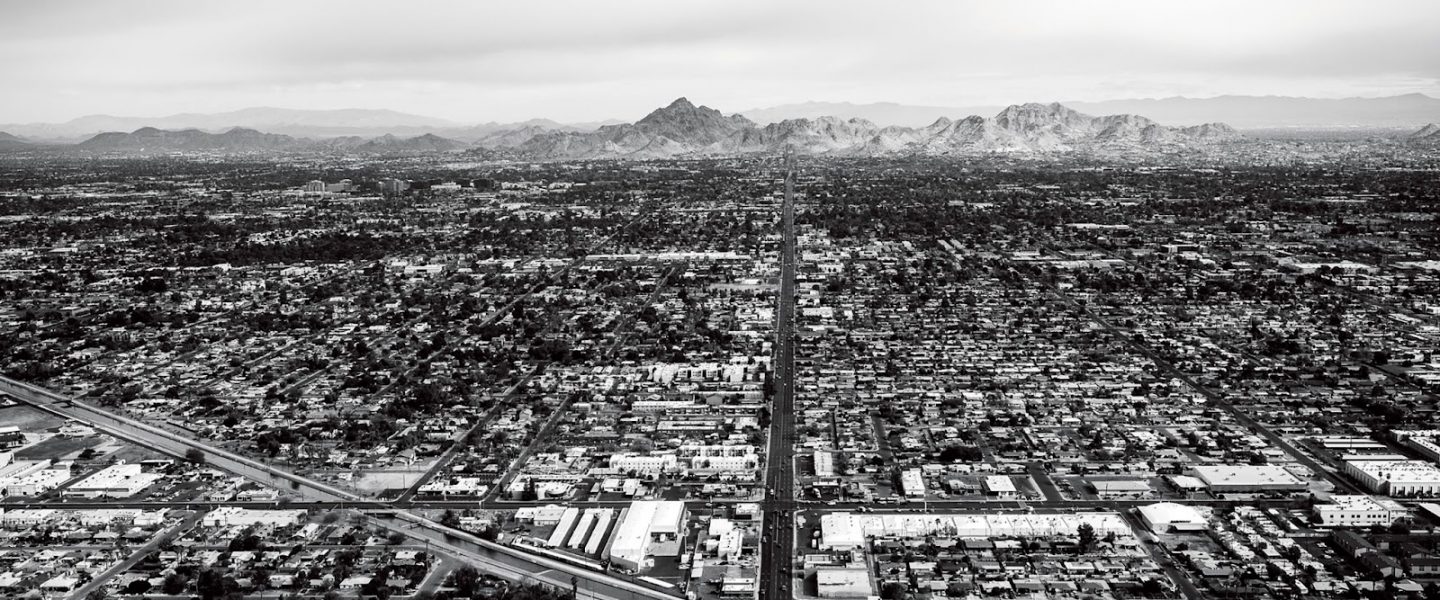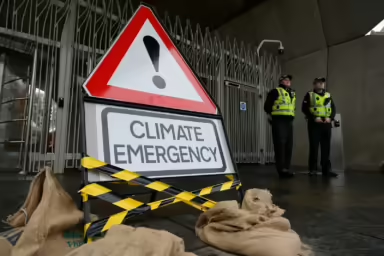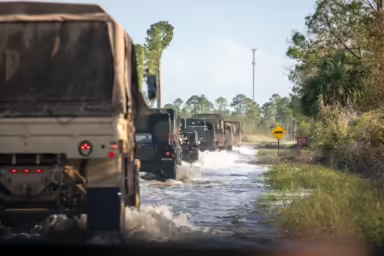“The alternative is something they don’t want to think about.”
This story by Sarah Tory originally appeared in High Country News and is republished here as part of Covering Climate Now, a global journalism collaboration strengthening coverage of the climate story.
The entrance to the Cadence at Gateway subdivision, a new housing development on the outskirts of Mesa, AZ, itself a suburb of Phoenix, is a long paved road lined with towering palm trees. With homes built by several companies, including Lennar, the nation’s largest homebuilder, Cadence offers a plethora of amenities: an indoor fitness center, a game room, tennis, volleyball, basketball and bocce courts, an event center called Mix, three swimming pools and two chute-style waterslides.
“Isn’t it beautiful?” asked Megan Santana, whose own home is currently under construction, as we walked toward the back of the community center, which has a large green lawn. “You feel like you’re on an island resort.”
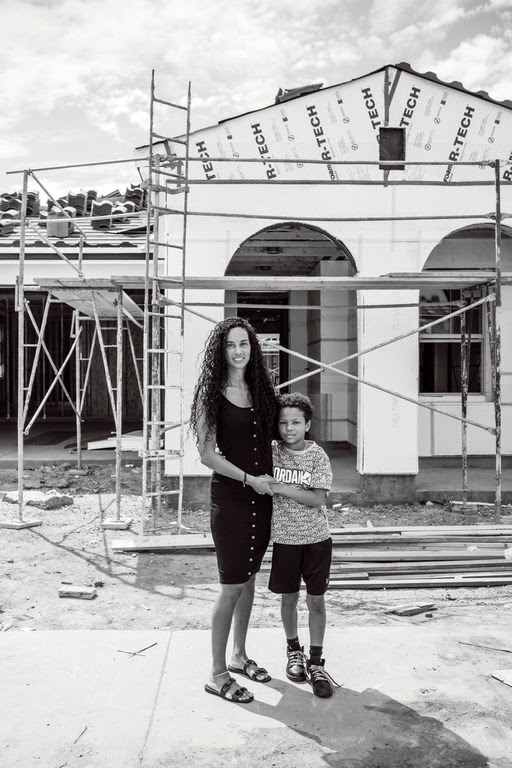
Santana, who is 34, moved to the Phoenix area last October from Texas with her 9-year-old son, Malachi, and her business partner, Alyssa Bell. Tanned and fit, with long dark hair that hangs in loose curls, Santana grew up in rural Virginia but moved to Florida when she was 22, hoping to settle down and enjoy the warm weather. Instead, the yearly hurricane season caused her so much stress that she moved to Dallas. From a natural disaster standpoint, though, Dallas was not much better: The city, which lies in a so-called Tornado Alley, experiences frequent severe storms. Santana began researching states that had few natural disasters, and Arizona turned up at the top of the list.
Six months ago, Santana joined the hundreds of thousands of people who have moved to the greater Phoenix area in recent years looking for affordable homes, sunshine, and warm winters. The pandemic has only intensified that trend, with home sales increasing by nearly 12 percent in 2020. There’s just one problem: The region doesn’t appear to have enough water for all the planned growth.
In 2017, Phoenix became the fifth-largest city in the US, a sprawling “megalopolis” of almost 5 million people that’s also known as the Valley of the Sun. A few outlying “mega-burbs” like Buckeye and Goodyear to Phoenix’s west and Queen Creek to the east have annexed large amounts of land and are themselves some of the nation’s fastest-growing cities. By 2040, the region’s population is expected to reach more than 7 million, despite its limited and shrinking water supply.
Even though the effects of climate change are intensifying throughout the Southwest, people keep moving here — to the hottest, driest part of the country. Unlike wildfires or hurricanes, a diminishing water supply is a slow-moving, mostly invisible crisis. But if current growth rates continue, in roughly a decade it will be impossible to ignore. That raises questions about whether policies and attitudes that encourage maximum growth are sustainable. Many of the area’s rapidly expanding suburbs lack access to the water necessary for all the growth they are planning, said Mark Holmes, Goodyear’s water resources manager from 2012 to 2018. Unless they can develop significant new water supplies, he said, “the alternative is something they don’t want to think about.”
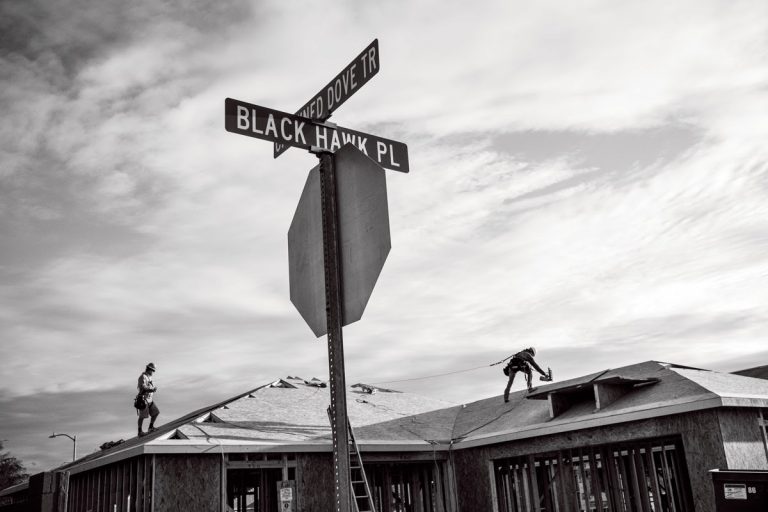
“To live in a city named after a bird that periodically self-immolates itself is to invite scrutiny,” writes lawyer, academic, and Phoenix resident Grady Gammage Jr. in his 2016 book The Future of the Suburban City. And sociologist Andrew Ross dubbed Phoenix the “least sustainable city on Earth” in his 2011 book Bird on Fire.
There’s truth to these assessments: The Valley of the Sun receives less than 8 inches of rainfall each year. Most of the valley’s water supply comes from the winter snowpack in distant mountains, which melts and flows through a vast system of dams, reservoirs, and canals. Two major watersheds are involved: The Central Arizona Project (CAP) diverts water from the Colorado River, 300 miles away, and the Salt River Project (SRP) draws from the Salt and Verde rivers, north of Phoenix. There are two other water sources: groundwater, which is pumped from the aquifer below, and a small but growing amount of treated wastewater, accounting for an estimated 5 percent of the water supply statewide. Every municipality has a different mix of water supplies with varying degrees of reliability. Urban Phoenix, for instance, has diversified and carefully managed water supplies, while many of the newer outer-lying suburbs are much more dependent on a single source, according to the City of Phoenix Water Services Department.
In the early years of Phoenix’s growth after World War II (when air conditioning became widely available) much of its water supply came from pumping groundwater. But rapid declines in aquifer levels in the 1960s and 1970s pushed state lawmakers to pass the Groundwater Management Act in 1980. The law created “Active Management Areas,” which required developers and municipal water providers to obtain permits from the Arizona Department of Water Resources confirming that they had 100 years of “assured water supply” for new homes.
Originally, that assured water supply came primarily from the Salt River Project or the Colorado River, but in 1993, the state paved a way to build new homes served only by groundwater, allowing housing development to spread into the outer reaches of Phoenix and Tucson. To do that, legislators created the Central Arizona Groundwater Replenishment District (CAGRD), an entity tasked with replacing pumped groundwater by finding renewable water supplies and injecting that water back into the aquifer.
The Central Arizona Project canal had just been completed, and the Valley of the Sun was flush with new surface water deliveries from the Colorado River. Developers and municipalities that lacked an assured water supply could enroll in the CAGRD, which in turn, charged a fee for replenishing the groundwater they used. They did so with surface water acquired by various means, including the purchase of excess CAP supplies or leasing Colorado River water from tribes.
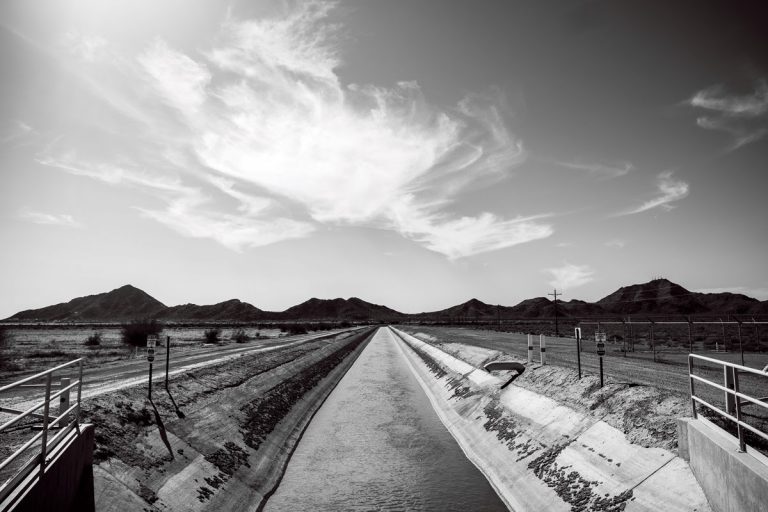
The loophole worked; since 1995, a majority of new homes and lands enrolled in CAGRD’s growth are located at the far western and eastern ends of the Phoenix area.
Meanwhile, unrelenting drought and years of rising temperatures due to climate change have pushed the long-overallocated Colorado River to the brink, making it increasingly difficult for the CAGRD to find new renewable water supplies to meet its long-term obligations. This, in turn, caused the CAGRD’s replenishment fee to soar from $154 per acre-foot in 2002 to $742 per acre-foot in 2021.
A 2019 report published by the Kyl Center warns that in the long term there likely won’t be enough surface water available from the Central Arizona Project to replenish the groundwater used by all the homes currently planned for the Phoenix suburbs. Although enrollment in the CAGRD has slowed in recent years, that amount is expected to total 102,000 acre-feet annually 100 years from now.
Buckeye’s municipal planning area, for instance, covers 642 square miles — larger than the size of Phoenix — but it’s currently only 5 percent built out. The city has approved 27 master-planned housing developments that would bring an additional 800,000 people by 2040 — despite a water supply that’s almost entirely dependent on groundwater.
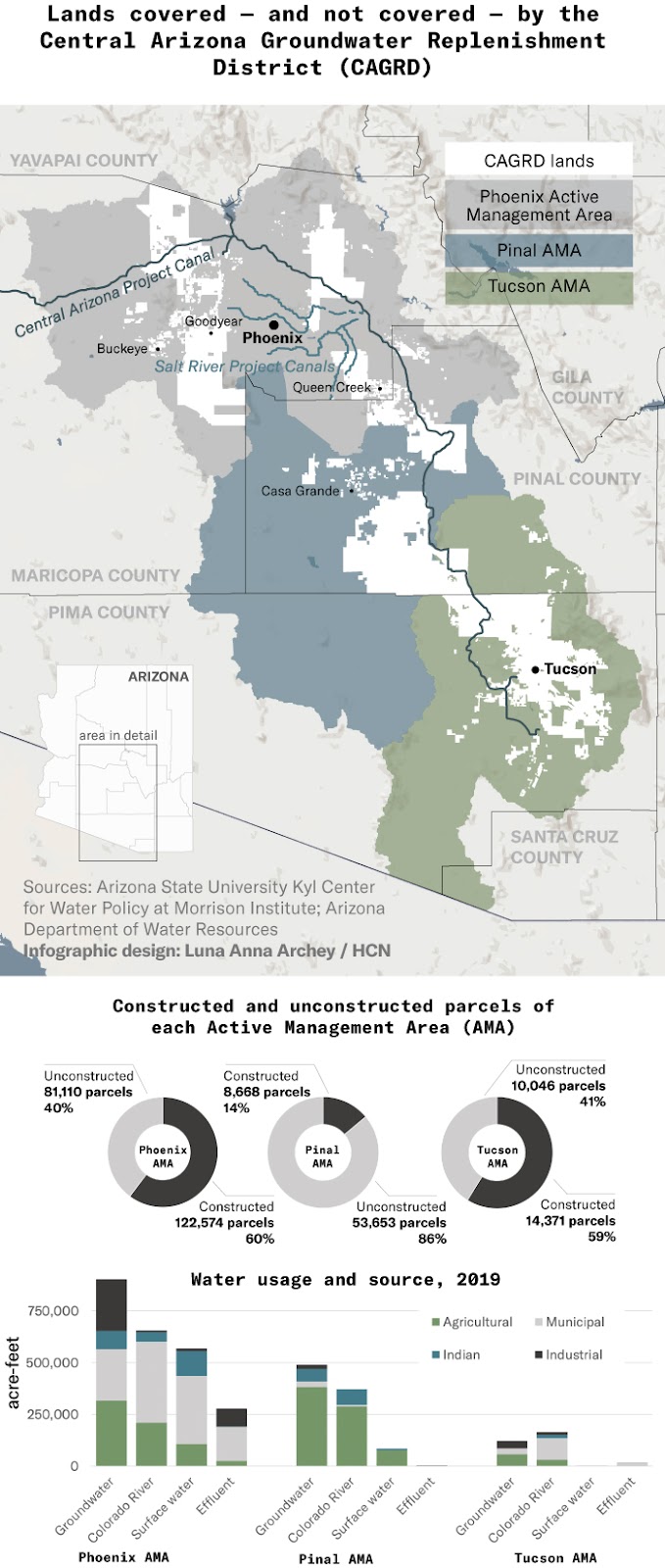
If the city cannot provide an assured water supply, those future subdivisions will have to enroll in the CAGRD, which will have to find 127,000 acre-feet of additional surface water annually to replenish the aquifer, said Sarah Porter, director of the Kyl Center and co-author of the Assured Supply report. That’s more than four times the current replenishment obligations for the entire CAGRD. “We’re not thinking enough about how to stop all this from happening,” Porter said.
“I think that the ability of the Valley of the Sun to exist 100 years into the future depends so closely on our ability to steward our groundwater today, and I really see CAGRD as subverting that stewardship.”
Kathryn Sorensen, the former director of Phoenix Water Services and now the director of research at the Kyl Center, echoed Porter’s concerns, emphasizing that growth itself is not necessarily the problem; rather, it’s the kind of growth facilitated by the CAGRD. “I think that the ability of the Valley of the Sun to exist 100 years into the future depends so closely on our ability to steward our groundwater today, and I really see CAGRD as subverting that stewardship,” she said.
But Alan Jones, the president of Lennar’s Phoenix division, believes those fears are overblown. Water use is declining as conservation, treated wastewater, and no-grass landscaping become more prevalent, while putting subdivisions on Arizona’s former agricultural lands creates a net water savings, since growing crops uses more water than residential areas do. Plus, in 2018, the CAGRD secured a deal with the Gila River Indian Community, which borders the south side of Phoenix, for up to 830,000 acre-feet of its Colorado River allocation over the next 25 years, starting in 2020. Other Arizona tribes, he added, have large supplies that the CAGRD and municipalities could acquire.
“There’s sufficient water,” Jones assured me, “but at what cost?”
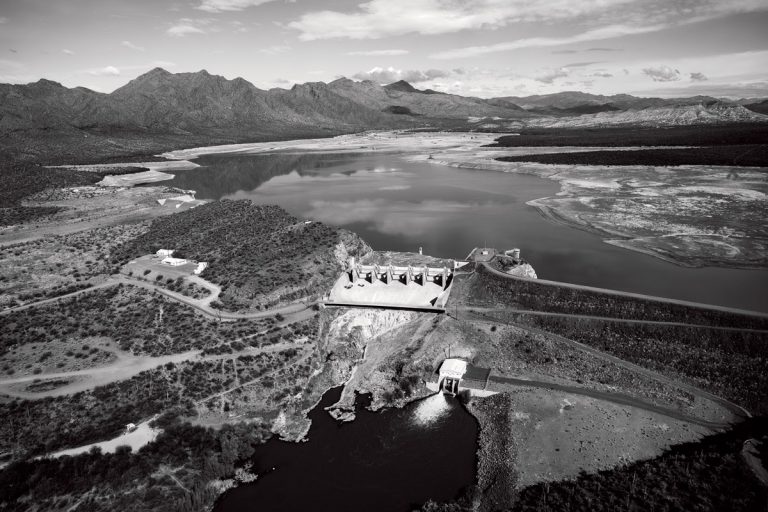
In Pinal County, a rapidly growing rural area just south of Phoenix, the reckoning over future growth has already begun. One day in late March, I met Stephen Miller, the Pinal County District 3 supervisor, in Casa Grande, a town of 55,000. New housing developments have exploded here in recent years. “The farther out you get, the cheaper the land, the cheaper the house,” he said as we drove through town. “That’s what’s caused a lot of sprawl,” he added, quoting an old saying in the building business: “Drive till you qualify.”
Born and raised in the Phoenix area, Miller has the jovial, every-man demeanor of a local politician. A former homebuilder and land developer, he’s watched Pinal County transform from a sparsely populated agricultural region to a booming Phoenix suburb of 500,000 people with an up-and-coming electric car industry. The current housing boom, which followed a down period after the 2008 recession, is unlike anything Miller has seen in 50 years in Casa Grande.
Almost all of Pinal County’s residential water supply comes from groundwater through enrollment in the CAGRD. But in 2019, the Arizona Department of Water Resources updated its groundwater model for the Pinal Active Management Areas and found that there isn’t enough water to meet all the projected demands for 100 years.
These findings led the department to stop approving applications for new 100-year assured water supply certifications for future subdivisions in Pinal County.
“It’s not a panic situation,” Miller told me, when I asked whether the news had worried him. “The good thing is, we’re not out of lots,” he added; developers own thousands of still-undeveloped lots with valid 100-year water supply certifications. Pinal County has enough room to keep adding houses in the short term. In the long run, however, the county is facing a reality that Arizona politicians like Miller are loath to accept.
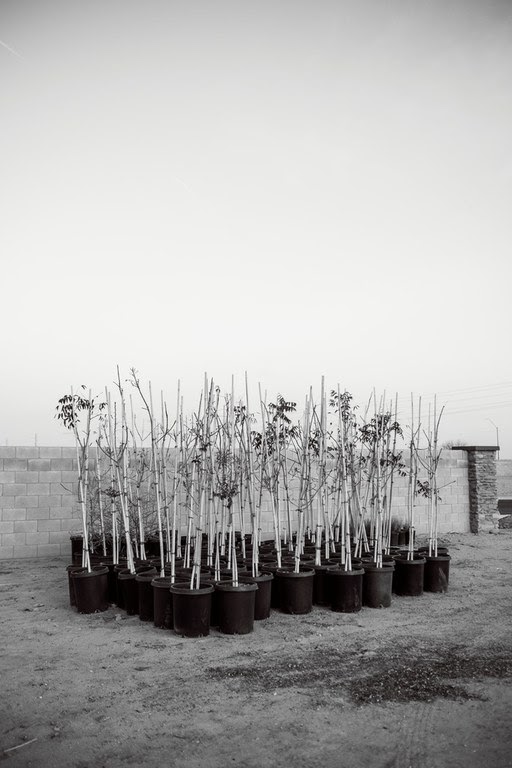
“People want to make money,” he told me. “That’s what this is all about. To be perfectly frank, there are people who have millions [of dollars] tied up in land holdings in Pinal County whose future hinges on whatever the water policy ends up being. It’s worth almost nothing if there’s no water.”
Tom Buschatzke, director of the Arizona Department of Water Resources, told me that Pinal County is not the only area facing a groundwater deficit. Sooner or later, Arizona’s other active management areas — including the Maricopa County AMA, which includes most of metropolitan Phoenix — will run out of physical groundwater availability to allocate. “Groundwater is finite,” Buschatzke said, noting that the amount of pumping far outstrips the rate of natural replenishment. He added that many of the Valley of the Sun’s growing suburban cities are not going to be able to prove the physical availability of water necessary for their ambitious plans for growth — and they know it.
“So where will the future renewable water supplies come from? Is it going to come out of agriculture? Or out of a desalination plant in Mexico?” Buschatzke said, citing an ongoing discussion between the US and Mexico about whether to build a desalination facility on the Sea of Cortez. “We’ll have to make some hard decisions,” he said.
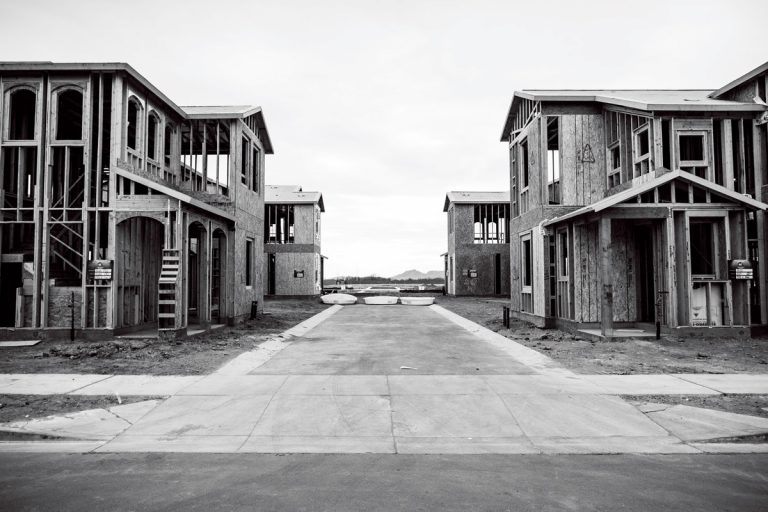
For current and new suburbanites like Megan Santana, those decisions still feel like a long way off. Housing in the Cadence subdivision is in such high demand that Santana had to enter a lottery for prospective homebuyers. Every time they drew names, she was on pins and needles. Finally, after a few months, she got in.
Next year, water levels on Lake Mead, the largest reservoir on the Colorado River, are projected to drop to their lowest levels yet, triggering the first-ever official shortage declaration by the federal government. The declaration will cut Arizona’s Colorado River supplies by a fifth.
“I heard about the decrease in water supply,” Santana said. “It didn’t worry me.”
Like so many Americans, Santana sees homeownership as a path to economic stability for herself and her son. In the Phoenix area, where home prices are still among the cheapest for major US cities, that dream beckons like palm trees and water slides in the desert. “You’re building generational wealth,” she told me.
“Are you moving to Arizona?” Santana’s business partner, Bell, asked me, as we stood a few blocks from Santana’s future home, gazing toward the edge of the subdivision. Beyond her, a strip of grass disappeared into the sand where workers were leveling a vacant lot for the next phase of Cadence homes.
This article was supported by The Water Desk, an independent journalism initiative based at the University of Colorado Boulder’s Center for Environmental Journalism.
